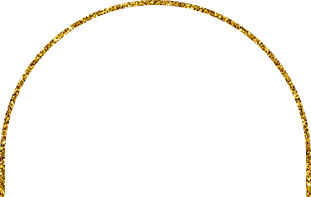Milia - #18656
I’ve noticed these tiny white bumps around my eyes for a few weeks now, and it’s really starting to bother me. I’ve tried everything I can think of to get rid of them, including using creams, scrubs, and exfoliants, but nothing seems to be working. I’ve heard that these bumps might be milia, but I’m not completely sure what that means. I don’t have any pain or itching, but the bumps are still there, and I don’t want them to get worse. I’m also worried about how they might affect my appearance, especially since they’re on my face. I’ve read online that milia are harmless and usually go away on their own, but it’s been weeks and nothing has changed. Are there any home remedies or treatments I should try before I see a dermatologist? I know I shouldn’t pop them or try to remove them on my own, but I’m getting desperate. What causes milia, and how can I prevent them from coming back? Could this be a sign of something more serious, like a skin condition or reaction to a product? I’d also like to know how long it typically takes for milia to disappear. If I go to a doctor, what treatment options are available? Is it something that requires a special procedure to remove, or can it be dealt with with over-the-counter products?
Shop Now in Our Store





Doctors' responses
Milia are small, harmless cysts that often appear on the face, particularly around the eyes, due to the accumulation of keratin beneath the skin surface. This condition can be linked to several factors, including prolonged sun exposure, using heavy creams or oils that clog pores, or even skin damage from exfoliation. While they are typically not cause for alarm, it’s understandable to want to address them, especially since they can affect your appearance.
Since you’ve mentioned trying various creams and scrubs without success, it’s important to adopt a gentle yet effective care routine. Begin by incorporating a mild cleanser that doesn’t strip the skin of its natural oils, as a balanced skin barrier can aid the healing process. Next, use a natural exfoliant once a week, such as a scrub made from oatmeal or rice flour mixed with honey. This can help in gradually removing dead skin cells without irritation. Additionally, applying a soothing gel such as aloe vera can help keep the skin hydrated and reduce inflammation.
To prevent milia from returning, be cautious with using heavy skincare products, especially around your eyes, and consider opting for non-comedogenic options. Regularly incorporating facial steam can also open up the pores for better product absorption and facilitate a natural detoxification process.
If the bumps persist despite trying these home remedies and do not improve over several weeks, seeing a dermatologist may be necessary. They can offer treatments such as gentle extraction or recommend topical retinoids to help accelerate cell turnover. In most cases, milia do clear up on their own within a few weeks to months, but some individuals may require professional intervention for faster results. Keep an eye on your skin reactions and overall health, as new or worsening skin conditions can sometimes signal underlying issues.

100% Anonymous
600+ certified Ayurvedic experts. No sign-up.
About our doctors
Only qualified ayurvedic doctors who have confirmed the availability of medical education and other certificates of medical practice consult on our service. You can check the qualification confirmation in the doctor's profile.


